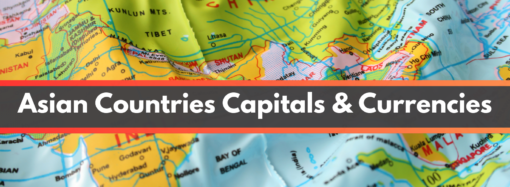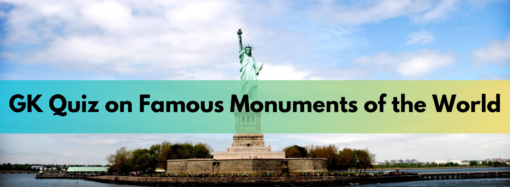On Thursday (14.04.16) a weaker magnitude 6.5 earthquake in the same region of Kumamoto brought down buildings, killed nine people and injured about 800. More than 100 aftershocks followed until the ultimately bigger quake on Saturday morning that led to the earlier, smaller event being reclassified as a foreshock.
A second major earthquake in less than two days has shaken Japan’s southern island of Kyushu, with at least 29 people thought to have been killed, around 1,500 injured and more feared buried in building collapses and landslides.
The 7.3 magnitude earthquake struck at around 1.30 am on Saturday (16.04.16), waking people across the island – including the thousands already in crisis centres. It caused widespread damage, with several landslides and a village evacuated over fears a dam might burst.
Japanese media reported nearly 200,000 homes were without electricity. Drinking water systems had also failed in some areas. Roads have been damaged and big landslides have been reported over a wide area.
What is earth quake?
An earthquake is the perceptible shaking of the surface of the Earth, resulting from the sudden release of energy in the Earth’s crust that creates seismic waves. Earthquakes can be violent enough to toss people around and destroy whole cities. The seismicity or seismic activity of an area refers to the frequency, type and size of earthquakes experienced over a period of time.
Why Japan faces earth quakes regularly?
Japan has had a long history of earthquakes and seismic activity. It is an area of high seismicity because of its location near three major tectonic plate boundaries, and is situated on the Pacific Ring of Fire.
The 2011 quake sparked a huge tsunami and nuclear meltdown at the Fukushima power plant.










